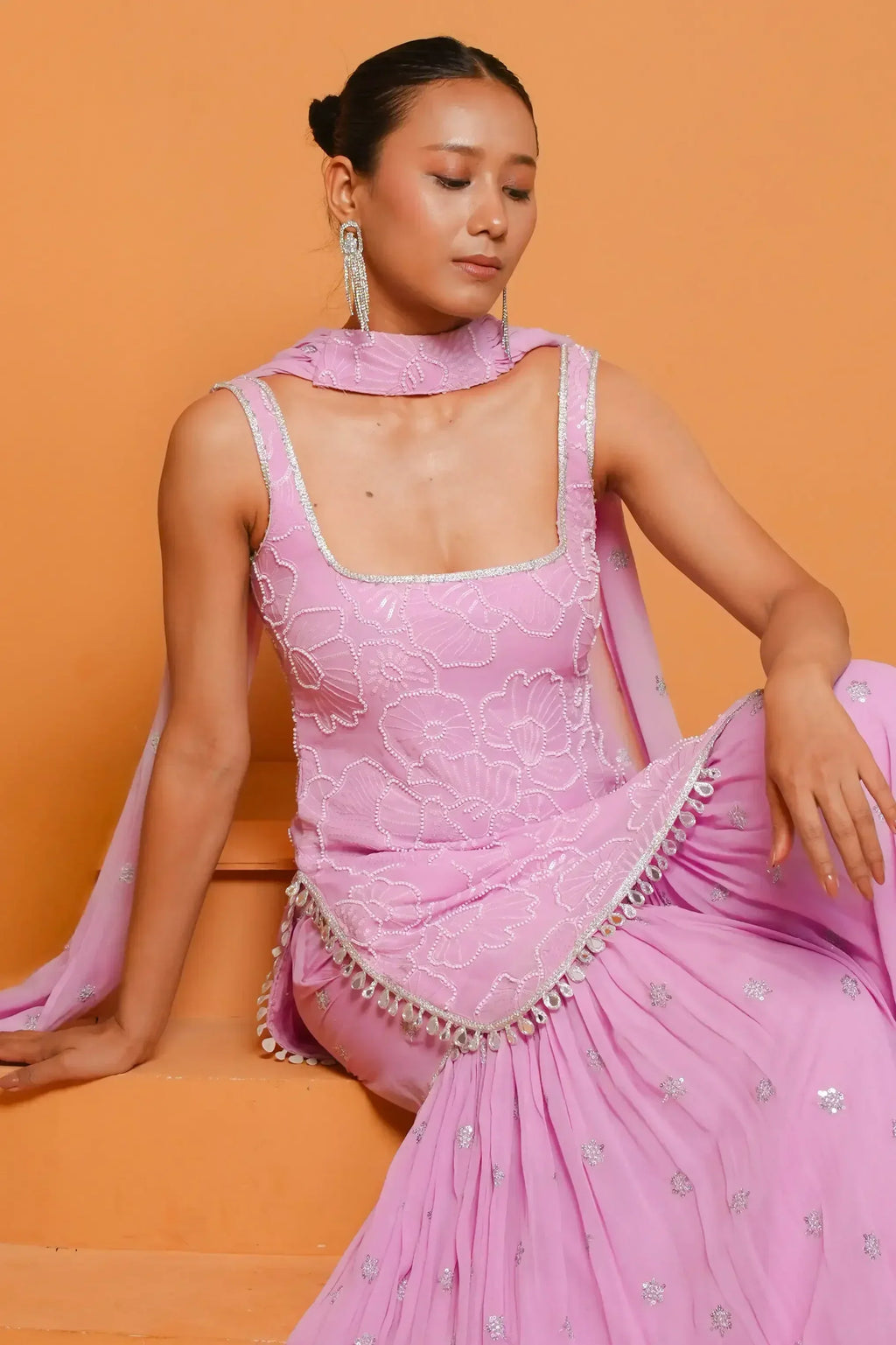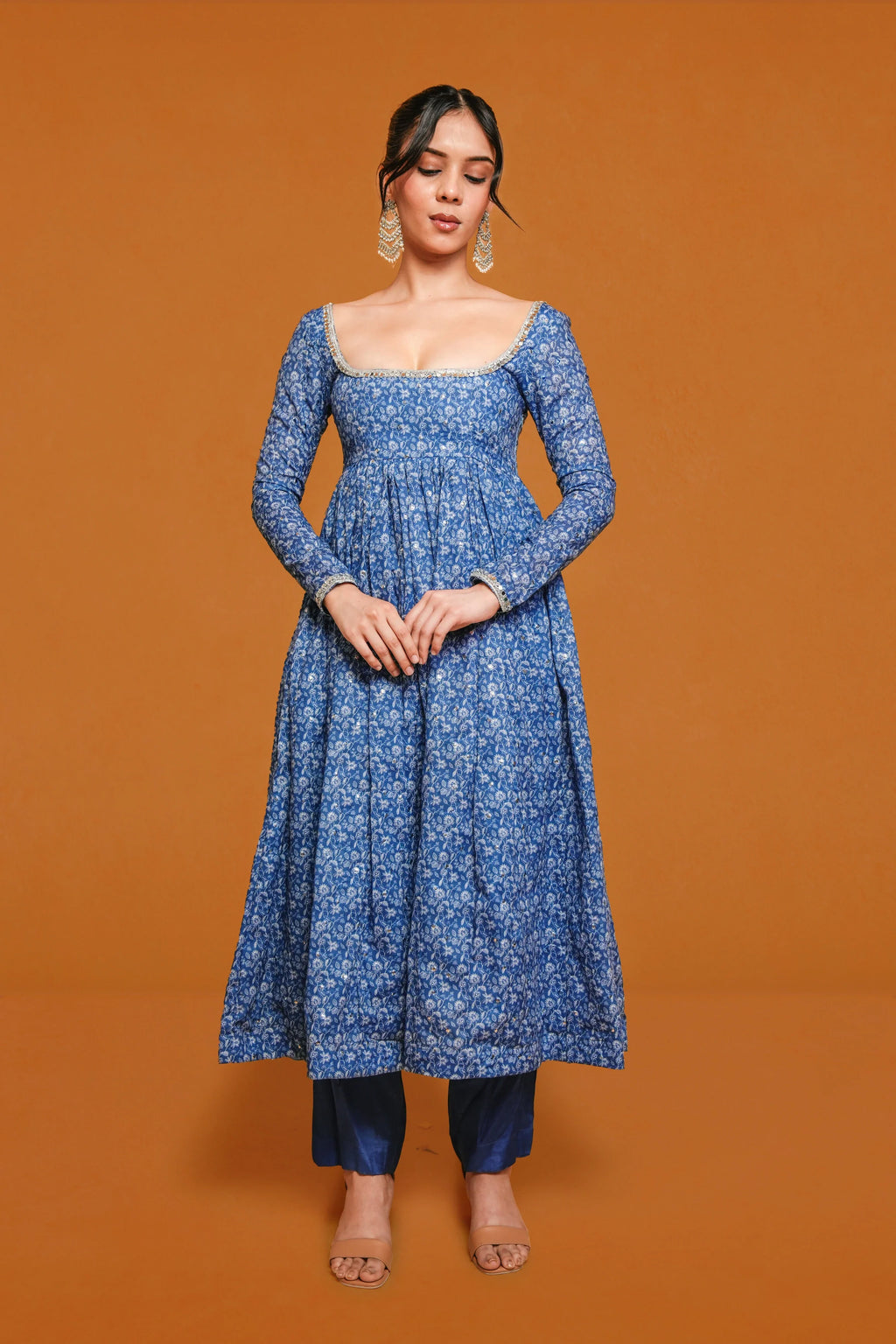Celebrating Indian Dress Styles: Iconic Outfits for Festivals and Weddings

The Indian festivals and weddings are rich in color as well as traditions and rituals. Fashion is a great component of such celebrations. Clothes have cultural worth and self-meaning. Indian dress styles are directly linked with these occasions, which are used to suggest the plurality and identity of any region.
The Saree for All Occasions
Saree is probably one of the most charismatic Indian dress styles. It is worn in various forms throughout India in various fabrics, including silk, cotton, and chiffon. Women usually wear sarees with family history or religiosity during weddings and festivals. This is also considered a classic example of a typical Indian dress.
Lehengas for Special Days
Lehengas are put on, particularly at weddings as well as large festivals such as Navratri, Diwali, and even Dashain and Tihar. The dress comprises a long skirt, blouse, and a dupatta. It is regional; some are done with mirror work, and others on silk or velvet. This turns lehengas into one of the key elements of the modern Indian dress code, bridging between tradition and fashion, which is also followed by Nepalese dress tradition in today’s time.
Salwar Suits and Comfort
Salwar Kameez is also among the most common styles of dressing of Indians in some family events or culture-related events. It is reputed to be luxurious and comfortable. From straight cuts to flared styles like Anarkali, it offers many choices. Salwar suits are also a widely accepted typical Indian dress worn during regional festivals across India.
Sherwani and Kurta for Men
Traditional men's clothes include Sherwanis and kurtas. The sherwanis are worn in most cases during the times of weddings and official events, but the kurtas are worn more during the times of festivals like Diwali, Dashain and Holi. These pieces of garments in Indian clothing make the man fashionable and yet culturally dressed. Kurta pajamas are regarded as common not only in Indian wear but also in Nepalese wear.
Regional Style Differences
Each part of India has a variant of festival dresses. During the Durga Puja, a red and white saree is worn in Bengal. The well-worn and famous silk saree is widespread in South India, and the multicolored suit-duppata changes were brought by the Punjab.
They are local in style but belong to larger styles of dressing in India, which indicate identity and tradition.
New Trends in Fusion Wear
The recent change has been a modern touch in the conventional wardrobes. Young people have begun to wear saree gowns, dhoti pants and tops, and Indo-Western lehengas. These are new forms of the old Indian attire that combine comfort and culture at the same time. However, the tradition goes deep with its values of dressing.
Jewelry and Add-ons
Clothing in festivals is rarely worn alone. To go along with the dressing, they also have jewelry, e.g.,. Bangles, earrings, and nose rings. An Indian dress is often incomplete without these details. Accessories like waistbands, bindis, or turbans also add symbolic meaning during rituals or marriage functions.
Dressing Traditions for Children
Children are often dressed in smaller versions of adult festive outfits. Girls wear lehengas or salwar suits or frock-like anarkalis, whereas boys wear kurtas or sherwanis. These outfits have been simplified to meet the demand of the Western world, but they are nonetheless a part of the Indian dress styles and also a medium of exposing the kids to the cultural traditions of the land at an early age.
Emotional Value in Clothing
The Indian festive dressing has more than a taste of style; it has with it a sense of memories. When it is a saree of your mother or a sherwani that you inherited from your father, it provides you with emotional depth. The Indian modes of dressing are commonly symbolic of members of the family, blessings, and special times that make every dress unique and eternal.
Traditional Wear in Today’s Time
Even with changing fashion trends, weddings and festivals always bring back traditional clothes. A traditional Indian dress still has deep meaning in rituals, prayers, and special gatherings. Indian dress styles continue to adapt with time but remain rooted in the values and stories they hold.
Keeping the Culture Alive
What keeps these styles alive is how they are shared and celebrated through generations. Every traditional Indian dress worn during a festival or wedding helps keep tradition strong. Indian dresses are not just dresses, but they are a representation of identity, personality, and attachment to culture.
Final Thoughts
The Indian dress styles, either in terms of the stylish sarees, the colorful lehengas, or the plain sherwanis, remain at the center stage of all fairs and all weddings. It is not just clothes; those are clothes that own emotion, history, and culture that are being passed to the next generation. Be it a child of the first traditional saree or a saree that is preserved carefully within the family, it is all part of the unity of a diversified nation.
FAQs
1. What are Indian dress styles known for?
They reflect tradition, culture, and regional diversity during festivals and weddings.
2. Which outfit is considered a traditional Indian dress?
Saree or salwar kameez is often seen as a traditional Indian dress for women.
3. Do Indian dressing styles vary by region?
Yes, each region has unique patterns, fabrics, and festive attire.
4. When do people mostly wear a typical Indian dress?
It’s usually worn during religious events, weddings, and family rituals.
5. Are Indian dressing styles still popular today?
Absolutely, they blend tradition with modern trends and remain widely worn.


















